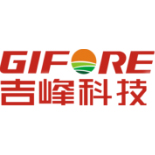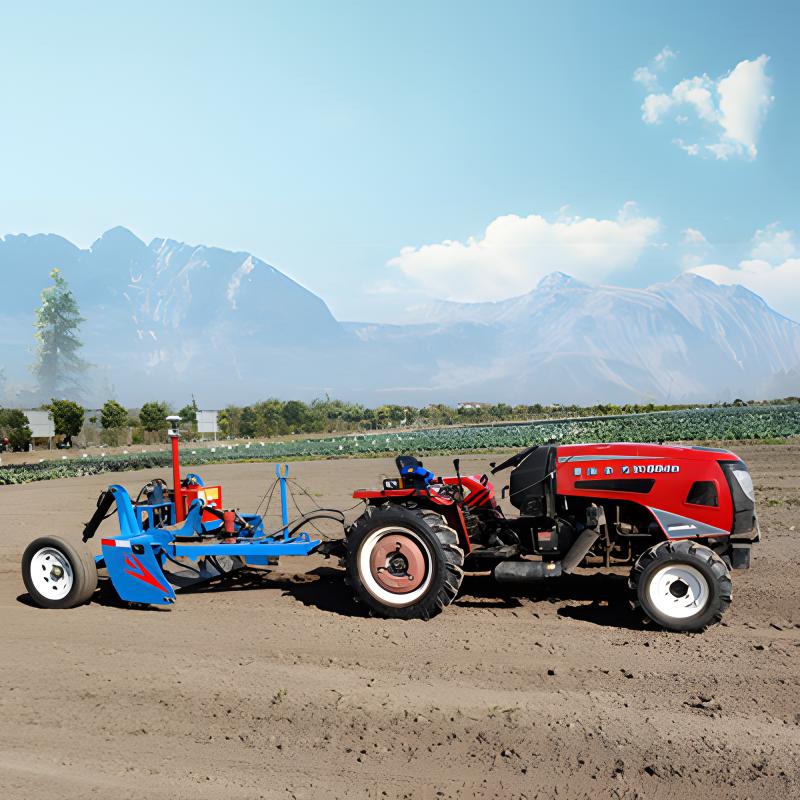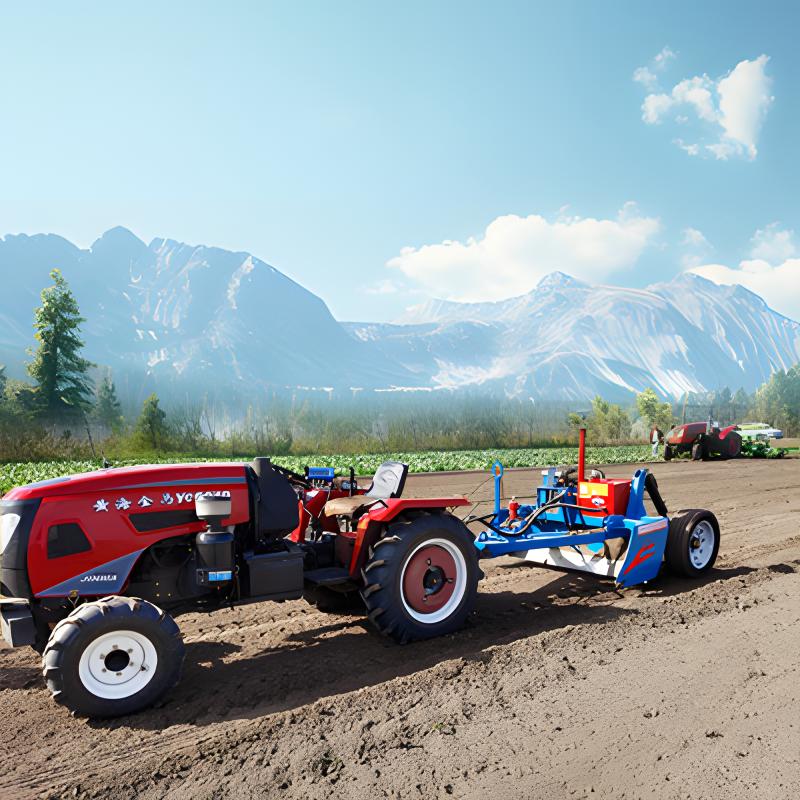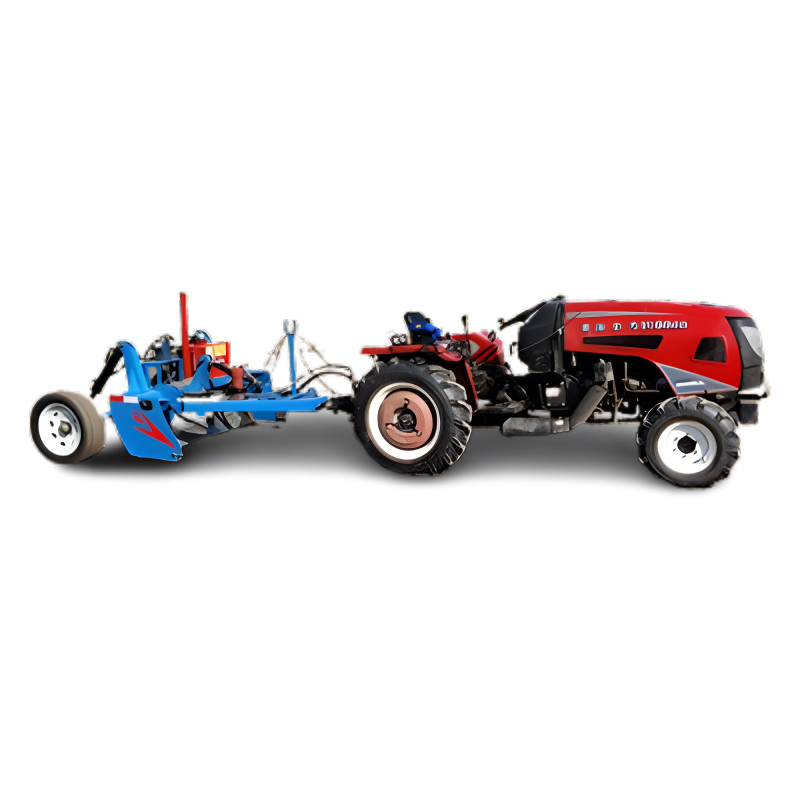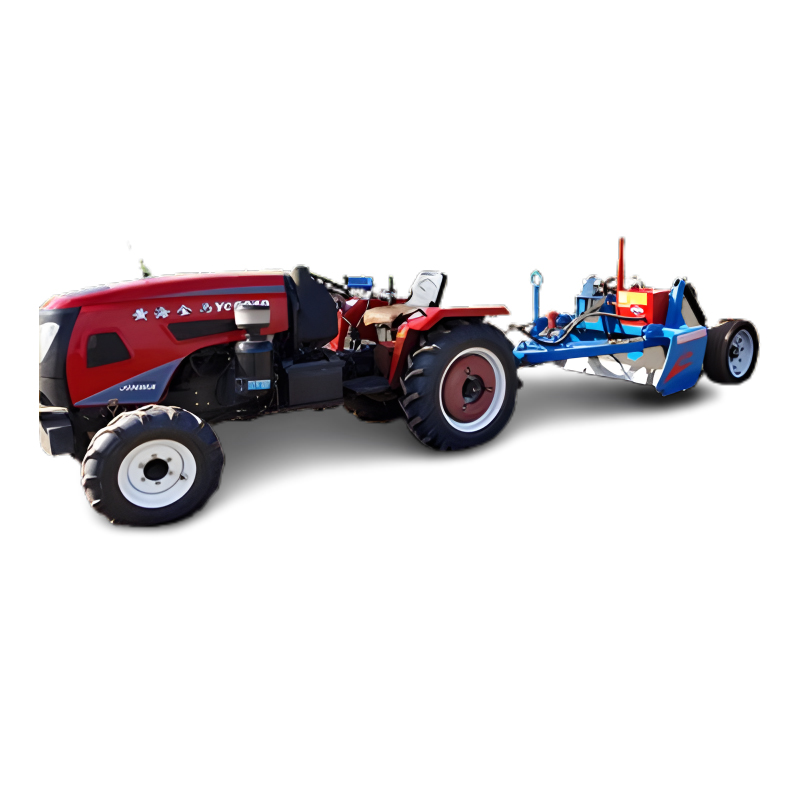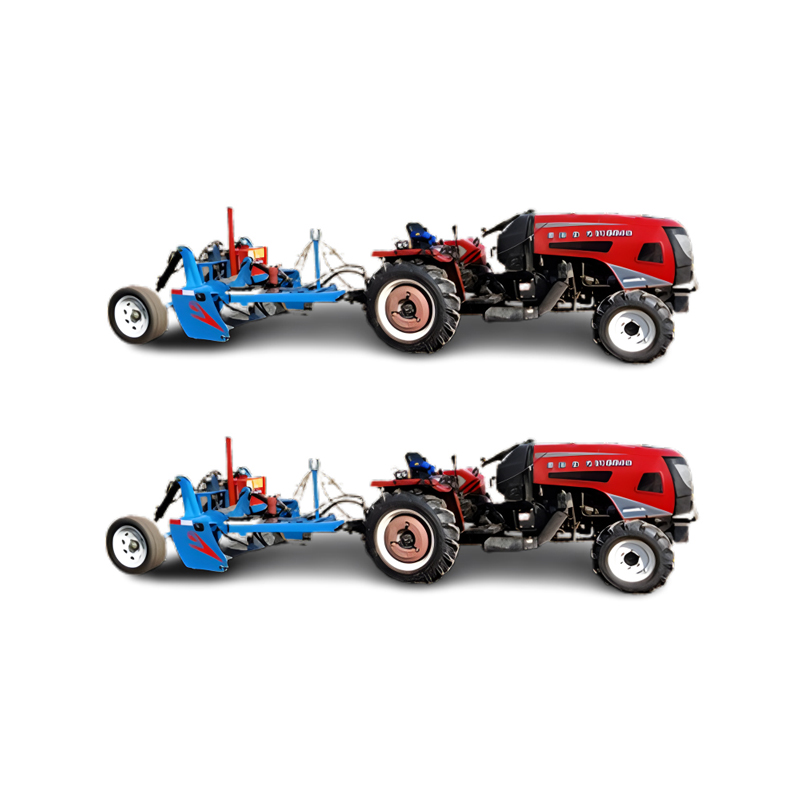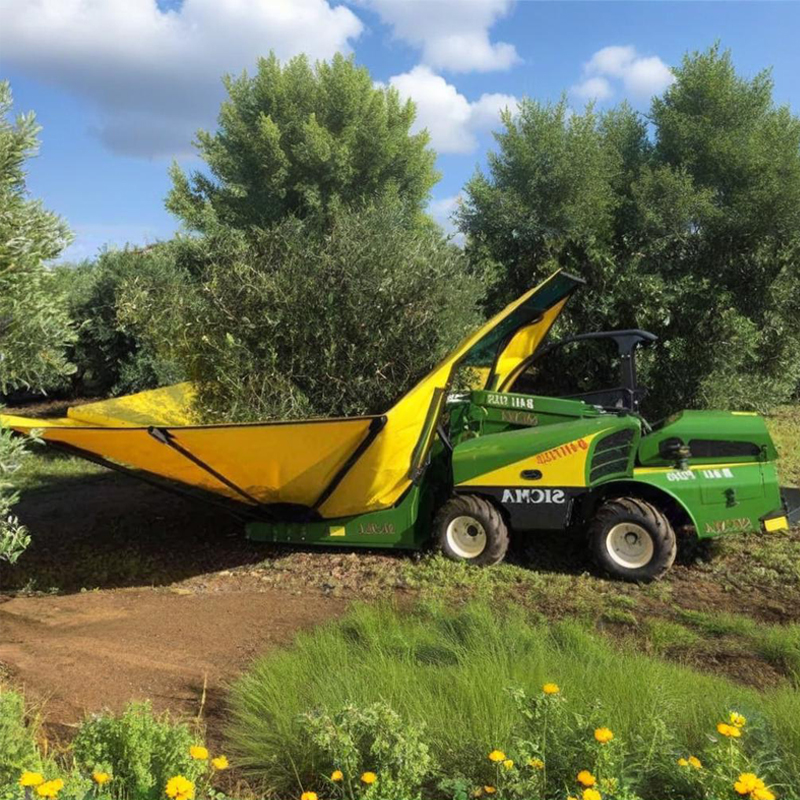Product Description
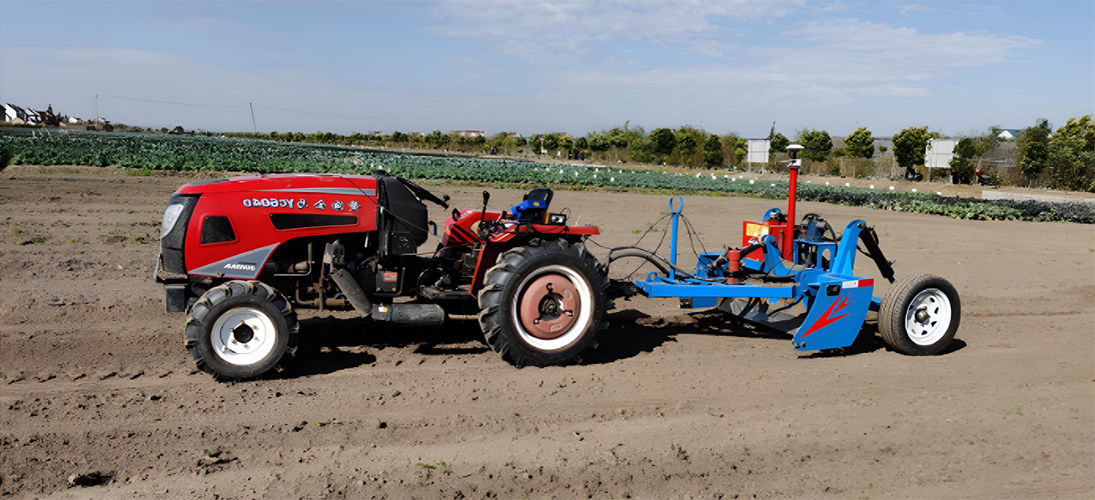
Greenhouse laser (satellite) land leveler is a mechanical device used for high-precision land leveling in a relatively closed environment. It integrates laser technology or satellite positioning technology, and can accurately control the height and position of the land leveling scraper, thereby achieving fine land leveling. It is suitable for small plots in hilly and mountainous areas or for leveling in greenhouses. The standard configuration is a laser land leveling system (satellite land leveling system is optional).
Product Features
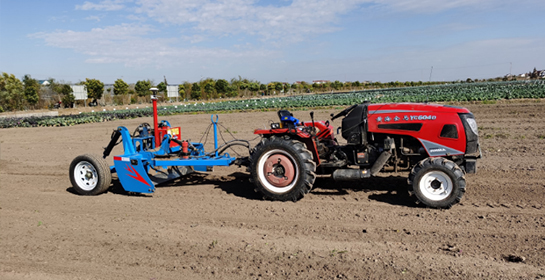
- High-precision leveling: The flatness of the land surface can be controlled within a very small error range, generally achieving an accuracy of ±1 - ±3 cm, which is very important for planting in greenhouses.
- Improve land utilization: Precise leveling can make the land layout in the greenhouse more reasonable, reduce the space wasted due to uneven land, and improve the effective utilization of the planting area.
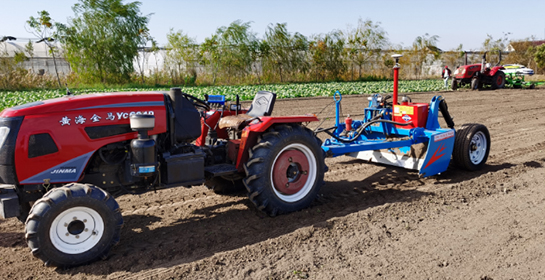
- Improve irrigation effect: The leveled land can ensure that the irrigation system (such as drip irrigation, sprinkler irrigation, etc.) can function better. Water can flow evenly on the land surface, improving the utilization efficiency of irrigation water.
- High degree of automation: With the help of laser or satellite positioning technology, the grader can automatically adjust the scraper height, reducing the error and labor intensity of manual operation.
Product parameters
| Name | Parameters |
|---|---|
| Model | GF12PJ-160 |
| Length (mm) | 2650 |
| Width (mm) | 1650 |
| Height - non-working state (mm) | 1100 |
| Working width (mm) | 1600 |
| Matching power (KW) | >40 |
| Operating efficiency (hm/h) | 1.0-1.4 |
| Operating speed (km/h) | 5-15 |
| Working stroke (mm) | 400 |
| Launcher launch distance (m) | ≥300 |
| Receiving controller working voltage (w) | 12V |
| Automatic leveling angle (0) | ±5 |
| Signal receiving angle(0) | 360 |
| Scraper lifting speed (mm/s) | Rising ≥ 50; falling ≥ 60 |
| Cylinder settlement (mm/h) | ≤12 |
| Working inclination(0) | 10±2 |
| Tire model | 215/50R12 |
| Structural type | Traction type |
Service
- Product usage training:
Providing detailed usage training is a very important after-sales service content. The training method is online video tutorials or operation manuals, etc., including basic operation of the equipment, function parameter settings, daily maintenance and simple troubleshooting.
- Technical consultation hotline:
Set up a dedicated technical consultation phone or online customer service channel. Users can contact us at any time if they encounter any technical problems during the use of the product. If there is a problem with the function, you can call the hotline and professional technicians will provide solutions. The technical consultation service will respond to user inquiries within 24 hours to ensure that the user's problems can be solved in a timely manner.
- Remote technical support:
Through Internet technology, technicians can remotely diagnose and maintain products. With user authorization, technicians can remotely connect to the product's control system to view the product's operating status, diagnose the cause of the fault, and perform software updates or parameter adjustments. This method can quickly solve some common technical problems, saving users time and costs, and also improving the efficiency of after-sales service.
Pack
In sea transportation, wooden boxes can protect products from the effects of sea waves, air pressure changes and other factors. For example, in the process of sea transportation, wooden boxes can prevent seawater erosion and humid environment from damaging products, and at the same time protect products from collisions with port equipment during loading and unloading. Considering the difficulty of loading and unloading large products, wooden boxes are designed with a structure that is easy to load and unload by forklifts or cranes. Due to the shape and characteristics of the product, the specific delivery depends on the situation.

Transport
Our multimodal transport service: organically combines two or more modes of transport to achieve "one-stop" transport of goods. For example, sea-rail transport is a common multimodal transport mode. After the goods are transported to the port by ship, they are transported to the inland destination by rail, which reduces the number of loading and unloading times during the transportation process, improves transportation efficiency, and reduces the risk of cargo damage.









